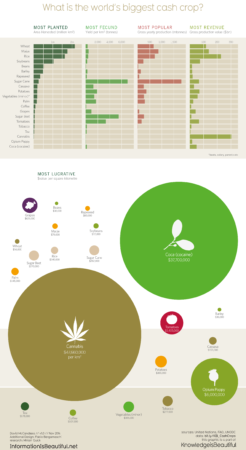So seed companies have come up with a “Seed Sector Declaration” as a part of their engagement with the UN Food Systems Summit in September 2021.
Among other things, they commit to
CONTINUE our support for the conservation of genetic resources and biodiversity
while asking their partners to
SUPPORT seed sector use of genetic resources, essential to new seed varieties, by supporting improvements to the work of bodies, such as the ITPGRFA and CBD
Can’t help thinking we’ve heard this sort of thing before.
